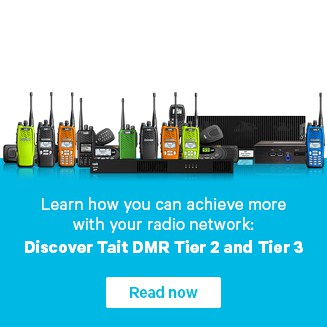Introduction to DMR
DMR Network Architecture
Telephone Gateways
Telephone gateways are the interface that enables radio users and telephone users to communicate with each other. The DMR network utilizing a Network Gateway can support direct communications between users on DMR and telephone users. It also supports communications between radios and private telephone extensions through a switchboard (PBX), without dispatcher assistance, although dispatch equipment can also automatically or manually patch telephone calls through to radios and vice versa.
The DMR network gateway is used in this interface to provide the audio from the DMR packet audio into usable audio on the phone system. The control path goes directly to the node, but the voice path goes through a network gateway for transcoding. A network gateway is required for each PBX voice path for translating between the DMR AMBE+2 and PBX G.711 voice streams.
If an interface to a Session Initiation Protocol (SIP -used for setting up and clearing down calls) enabled PBX is not available, then the telephone interconnect requires one or more third-party telephone gateways to interface the PBX or telephone exchange to the DMR network.
The telephone gateway converts the IP voice traffic from the node to the signaling format required by the PBX/PSTN and vice versa.
The telephone user dials the number of an SIP line and then overdials the number of an individual radio or group. The node receives the over-dialed string and uses the rules in its in-phone table to find a match, replaces the dialed digits with a number supplied by the in-phone table. It then sets up the DMR call to the resulting number of the radio or group.
In the reverse direction, the radio user dials a string of numbers. When the node receives the string, it uses the rules in its out-phone table to find a match and replace the string with a telephone number. It then sets up the call to that telephone number, routing it to a suitable FXO group.
 Radio Academy
Radio Academy





